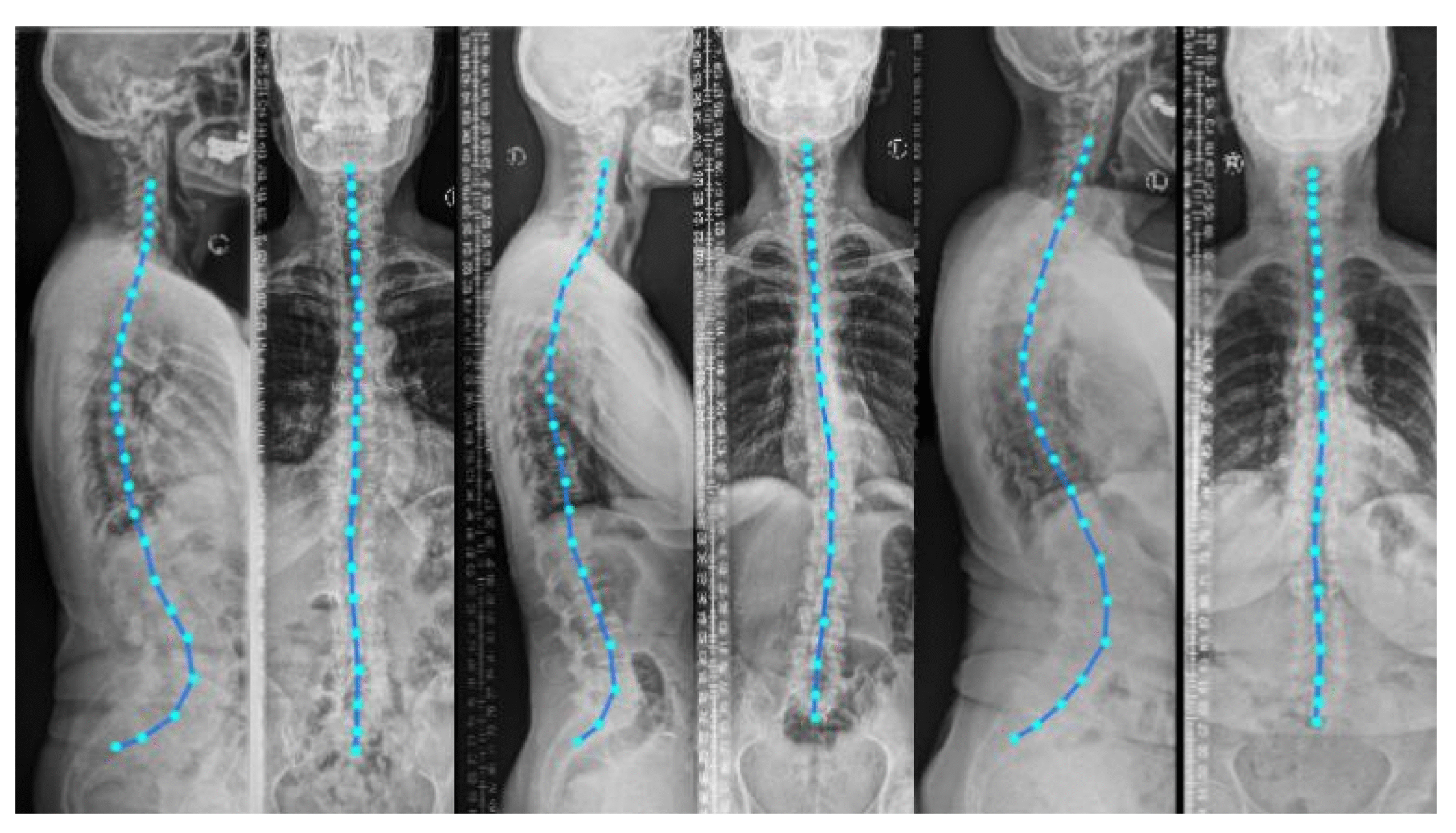The Future of Telehealth: How Digital Transformation is Revolutionizing Healthcare

Introduction
The digital wave has swept the healthcare industry, changing how healthcare services are provided and received. At the forefront of this transformation is telehealth, a conduit through which medical care can be provided remotely. The capability to obtain healthcare advice from the ease of one’s home is not just convenient; it may soon become the norm. As digital solutions expand, healthcare consulting takes center stage, ensuring organizations can seamlessly integrate telehealth into their operations. This shift is pivotal for improving healthcare accessibility, especially in rural and underserved regions where conventional medical facilities are scarce.
Digital connectivity bridges geographical gaps, allowing specialists to reach patients who might otherwise go without necessary consultations or follow-ups. Telehealth’s promise lies not just in its ability to make healthcare more accessible but also in its potential to improve overall patient outcomes. By offering personalized consultation options, telehealth is poised to revolutionize patient care. However, as with any technological advancement, the journey is filled with obstacles that must be managed cautiously.
The Rise of Telehealth
The onset of the COVID-19 pandemic catalyzed the rapid adoption of telehealth services. As lockdowns and restrictions limited physical interactions, medical professionals and patients alike turned to virtual platforms. It was not merely a stop-gap measure; it highlighted telehealth’s potential to offer efficient and effective healthcare solutions. Before the pandemic, telehealth was often underutilized, mainly due to a lack of awareness and infrastructural support. The crisis, however, thrust it into the limelight, showcasing its versatility and necessity in modern-day healthcare.
According to a report by the American Medical Association, telehealth services increased by more than 50% during the pandemic’s peak. This shift is a testament to its growing acceptance and the broader trend towards digital transformation in healthcare. By providing remote clinical services, telehealth has redefined what is possible within the healthcare industry, setting a new standard for patient care and consultation.
Technology Driving Change
The advancement of telehealth is intrinsically linked to the technological innovations that support it. AI, IoT devices, and enhanced network connections such as 5G are central to its operation. These technologies collectively ensure that telehealth services are accessible, reliable, and efficient. AI is pivotal in processing large volumes of medical data, allowing for accurate diagnostics and predictive analytics that enhance patient treatment plans.
Meanwhile, IoT devices—from wearable health monitors to innovative diagnostic tools—collect real-time health data that can be shared with healthcare providers during virtual consultations. This integration of technology is creating a more interactive and informed healthcare experience. The impact of these technologies is profound. Such improvements reduce the time patients wait for diagnosis and treatment while enabling healthcare providers to offer a higher standard of care across geographical barriers.
Benefits of Telehealth for Patients
Telehealth offers many benefits that appeal to patients from all walks of life. Primarily, it eliminates the need for travel, saving time and money. For individuals living in remote areas, this convenience cannot be overstated. It opens previously shut doors, allowing them access to specialists far beyond their local vicinity. Furthermore, telehealth can often reduce appointment wait times, providing quicker access to healthcare professionals. This agile approach leads to faster diagnoses and interventions, ultimately improving patient outcomes.
A significant but often overlooked benefit of telehealth is its contribution to mental health accessibility. By allowing easy and private access to mental health practitioners, telehealth is breaking down stigmas and barriers related to seeking psychological support. This shift enhances the overall healthcare experience and improves community health standards.
Challenges and Considerations
The journey towards fully integrated telehealth services is not without its hurdles. A central challenge is maintaining a strong digital infrastructure. Many regions across the globe still lack the necessary internet speed and connectivity to make telehealth feasible. This digital divide poses a significant challenge, demanding careful consideration and strategic investment to ensure equitable access to telehealth services.
Moreover, healthcare providers need to adapt to technological tools and platforms on an ongoing basis. Resistance to change and knowledge gaps can hinder practitioners’ adoption. Addressing these challenges through targeted training and support initiatives is crucial, encouraging practitioners and patients to embrace telehealth as a viable alternative to traditional healthcare models.
The Role of Data and Security
Data protection and confidentiality are crucial in telehealth. The exchange of sensitive information over digital platforms cannot be underestimated, and the risk of data breaches cannot be overstated. Adhering to strict regulations, like HIPAA in the United States, is essential. These standards are designed to protect patient information, ensuring that telehealth services maintain the public’s trust. The challenge lies in balancing telehealth’s flexibility and convenience with the necessary precautions to prevent unauthorized access to data. Best cybersecurity practices must be rigorously implemented, with continuous evaluations and updates to systems and protocols. Healthcare providers and developers must prioritize this commitment as telehealth expands its reach.
Future Trends in Telehealth
The future of telehealth points towards a more integrated and personalized healthcare experience. Emerging trends include the widespread use of wearable technology and the incorporation of biometric data to provide customized care. Devices that track vital signs in real time could enable patients to take greater control of their health issues by providing accurate data to healthcare providers during appointments. As these technologies mature, telehealth’s role in the healthcare ecosystem will likely grow, pushing the boundaries of what’s possible in patient engagement and treatment. These innovations are closely monitored in discussions about telehealth’s role in future healthcare. The smooth incorporation of digital health solutions into everyday life suggests a future where health management is proactive and accessible, paving the way for healthier communities worldwide.
Conclusion
Telehealth represents innovation within the healthcare sector, providing fresh frameworks for patient care. By connecting patients with healthcare providers, telehealth breaks down barriers that once limited access to quality healthcare services. Integrating telehealth into mainstream healthcare requires strategic planning and expert guidance. Effective healthcare consulting ensures the successful implementation of telehealth solutions while maintaining high standards of care. Embracing telehealth’s potential is not just about technological adoption but about envisioning a future where healthcare is a collaborative, ongoing process that begins at home.




